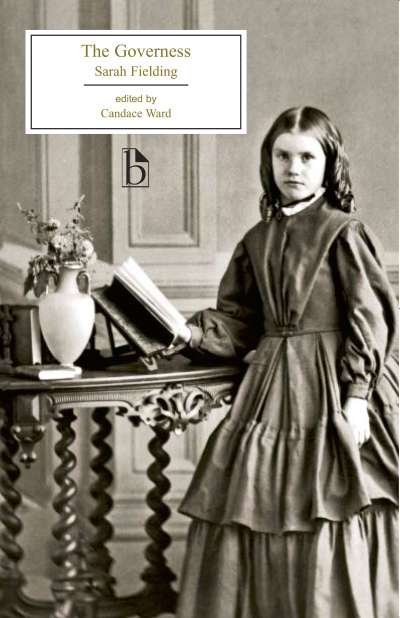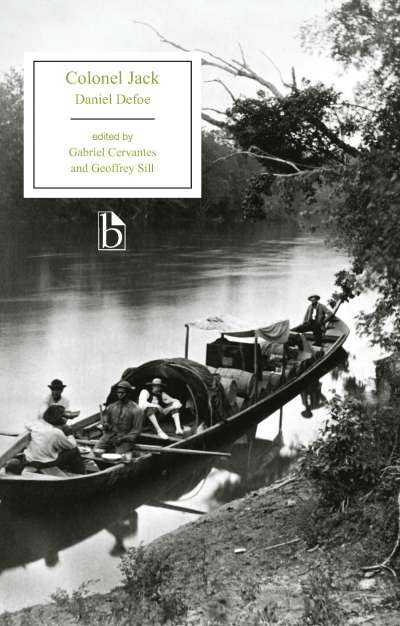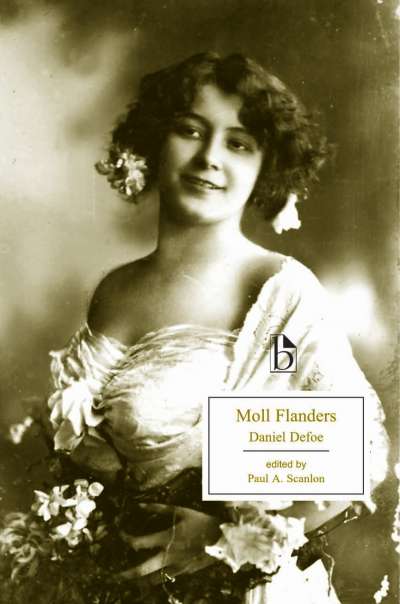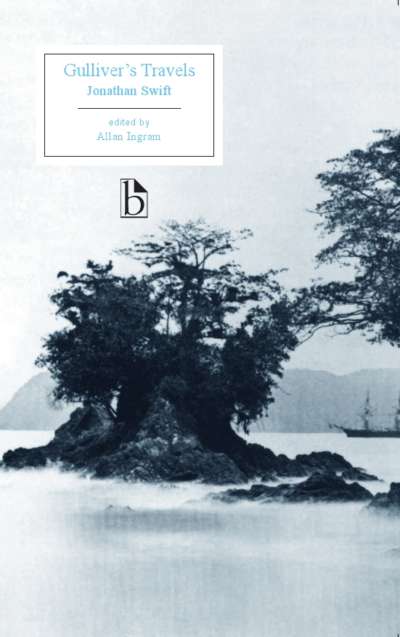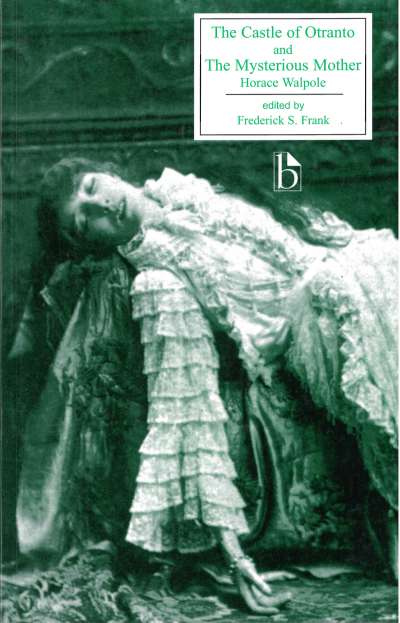In 1754 the British adventurer, compiler, and novelist Edward Kimber published The History of the Life and Adventures of Mr. Anderson. Rooted in a tale Kimber heard while exploring the Atlantic seaboard, Mr. Anderson is the novelist’s transatlantic tale of slavery, Indian relations, and frontier life. Having been kidnapped in England, transported across the Middle Passage, and sold to a brutal Maryland planter as a white slave, Tom Anderson gains his freedom and in rapid succession becomes a successful trader, a war hero, and a friend to slave, Indian, Quebecois, and Englishman alike. Still engaging 250 years after its original publication, Mr. Anderson offers a rich and varied portrayal of the mid-eighteenth-century Atlantic world.
This Broadview edition features an introduction by both a literary scholar and a historian, elaborating on significant themes in the novel. The appendices include an extensive selection of documents—some unpublished elsewhere—further contextualizing many of those themes, including slavery, British representations of colonial America, and eighteenth-century British literature’s emphasis on sensibility and the “cult of feeling.”
Comments
“In the early 1750s Edward Kimber completed The History of the Life and Adventures of Mr. Anderson, a strange and wonderful novel that quickly disappeared without a trace. The problem was not a boring narrative. He spun a complex tale of two young lovers in Maryland who tried to defy the conventions of a patriarchal Atlantic world of the eighteenth century. Rather, the problem was that Kimber dealt openly with economic oppression and human exploitation, imagining a violent slave revolt against the great planters of Virginia. One has to be reminded constantly that this work appeared many years before Abolitionists in England and America effectively challenged bondage. This book provides a splendid introduction to the violent complexity of Atlantic history.” — T.H. Breen, Northwestern University
“The History of the Life and Adventures of Mr. Anderson presents a fascinating glimpse into English perceptions of North America in the mid-eighteenth century. As Matthew and Nicholas Mason point out in their astute and accessible introduction, Edward Kimber’s long-forgotten novel also reminds us that the eighteenth-century novel emerged in the transatlantic sphere. The appendices richly situate the novel in the context of other British writings on North America, including Kimber’s own (he traveled in the colonies from 1742 to 1744, and mined these experiences repeatedly in his long and productive career). Both the appendices and the Masons’ introduction are particularly good in providing contexts for understanding Kimber’s complex representations of indentured servitude and chattel slavery in the American colonies.” — Melissa Homestead, University of Nebraska Lincoln






